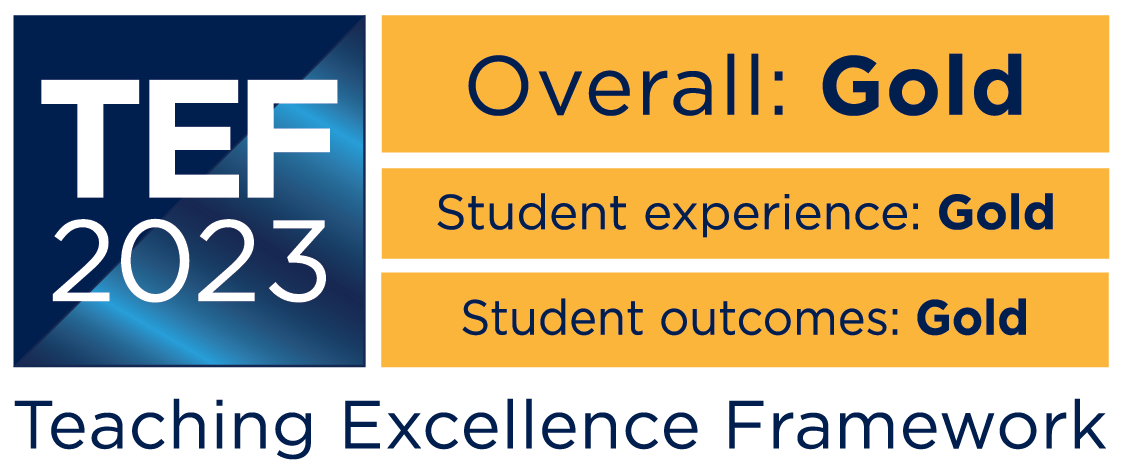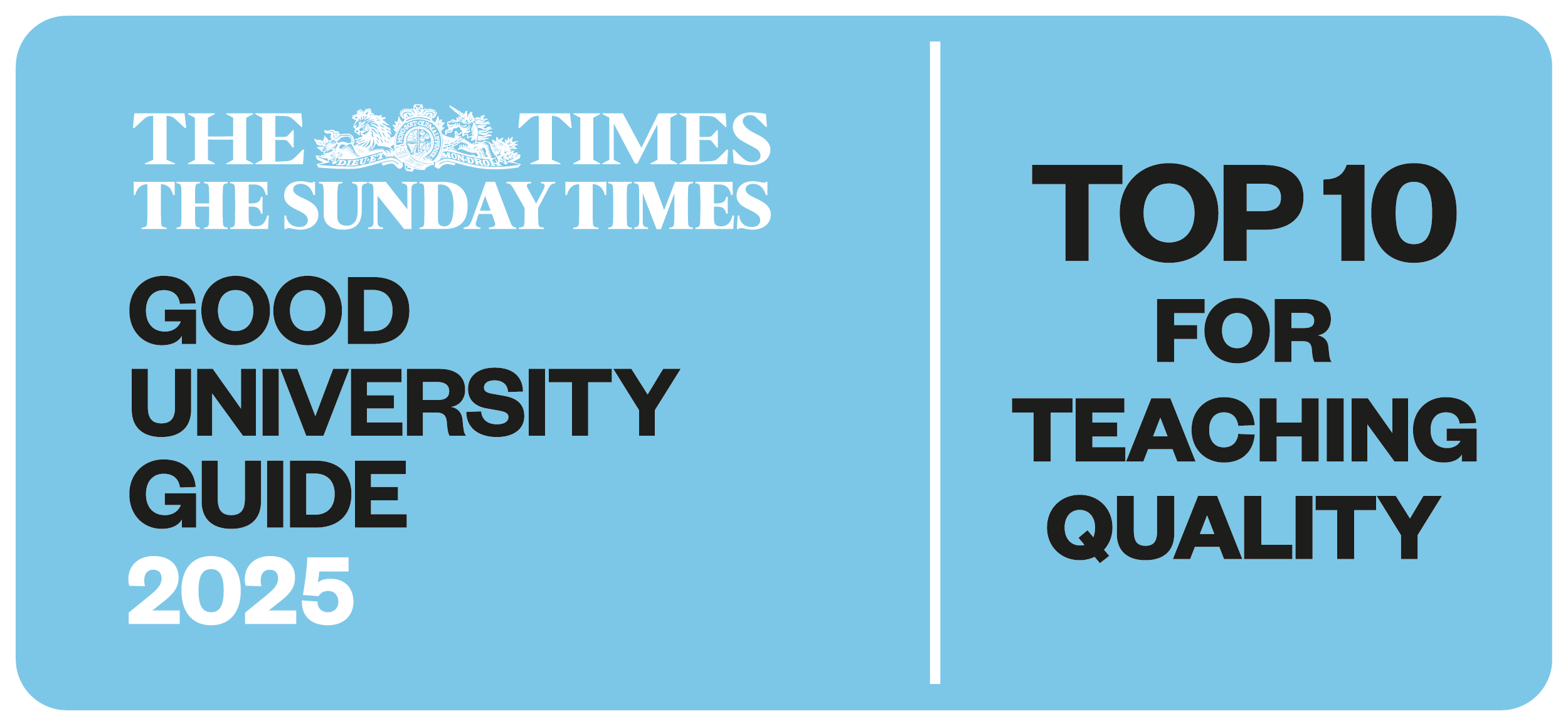A lecturer and a postgraduate student from Hartpury University have teamed up to produce a published article discussing the topic of self-awareness in animals and identifying potential areas of exploration for future research.
John Binks, a Lecturer in Animal Behaviour and Welfare at Hartpury, and Lucie Mellish, a postgraduate student studying Hartpury’s MRes Animal Behaviour and Welfare, worked together to pen an article for the Companion Animal Psychology website. It’s just one of several recent examples where staff and students have made research or thought-leadership contributions to industry publications.
Previously thought to be an ability unique to humans, the question of whether non-human animal species possess Theory of Mind (ToM) has become an interesting point of discussion in recent decades. One approach used to investigate ToM in animals is to test for self-awareness.
One way to test for self-awareness in non-human animals is to explore whether they can recognise themselves in front of a reflective mirror. A mark is typically placed on the animal’s body, usually in an area that the animal could not normally see without the aid of a reflective mirror.
However, in this fascinating article, Binks and Mellish acknowledge that findings in this area are often conflicted due to constraints around the approaches used. Interestingly, they raise the issue that some animals may fail the test not as a result of a lack of self-awareness, but because they are influenced by other factors such as a lack of motivation.
They also refer to the case of human infants, who initially respond to mirror reflections as if they are looking at someone else. This presents the prospect that animals could benefit from prolonged exposure to mirror reflections to develop their familiarity over time.
Other instances include bird species that are familiar with more natural distorted forms of reflection (e.g., standing water) so respond better to blurred reflections. Likewise, zoo-housed gorillas often fail the mirror test of self-recognition but could simply be due to a natural species aversion for maintaining eye contact with conspecifics, and therefore are not looking at their reflection long enough to recognise themselves.
The article explores a recent study involving 47 chimpanzees where a comparison was made between one large stationary mirror versus several small hand mirrors. The animals spent more time interacting with smaller mirrors that could be held and manipulated, as well as displaying aggressive behaviour towards the larger stationary mirror.
Binks and Mellish float the concept that these findings could be used in future research in other species that have previously failed tests of mirror self-recognition to see if provision of more manipulable mirrors alters the way an animal responds. This could add to a body of recent scientific literature that is indicative of ToM abilities being more widespread than previously thought. If the ecological relevance of the type of reflection influences an animal’s ability to demonstrate self-awareness, perhaps species previously assumed to lack this cognitive ability warrant re-examination.
Ultimately, understanding self-awareness among animals could lead to their human caretakers placing greater value on welfare and striving to improve interactions in a captive setting.
Read the article in full here.
The duo’s contribution to this publication is a good example of the work carried out at Hartpury University’s Animal and Agricultural Research Centre. Both students and staff are actively encouraged to engage in thought-leadership and research activities to drive real change within the animal industry. Recent research has investigated topics around zoo visitor-animal wellbeing, animal physiotherapy, agri-tech and canine locomotion.
Hartpury offers a range of college, undergraduate and postgraduate animal courses covering a cross-section of industry-relevant subjects.
Hartpury University’s BSc (Hons) Human-Animal Interaction degree is the first of its kind in the UK, exploring the role of animals as pets, in zoos, on farms and in therapy and conservation. The BSc (Hons) Zoology programme also proves a popular choice with those seeking employment within conservation and looking to protect animal species across the globe.
Over £1 million is being invested in both animal and equine facilities, to further enhance the student learning experience; including a £730,000 Equine and Animal Assisted Activity Area and £500,000 hydrotherapy centre for equine excellence.
Two new animal postgraduate degrees have been added for 2022; MRes Animal Science and MSc Applied Animal Behaviour and Welfare, further underlining the institutions commitment to research and innovation.
Hartpury University has been ranked number one in the UK by full-time postgraduate students in the Postgraduate Taught Experience Survey 2021. The institution currently ranks number one in the UK for its postgraduate sports degrees, achieving 100% student satisfaction, against a sector average of 81%.








